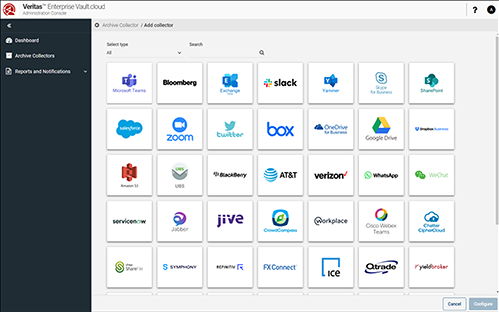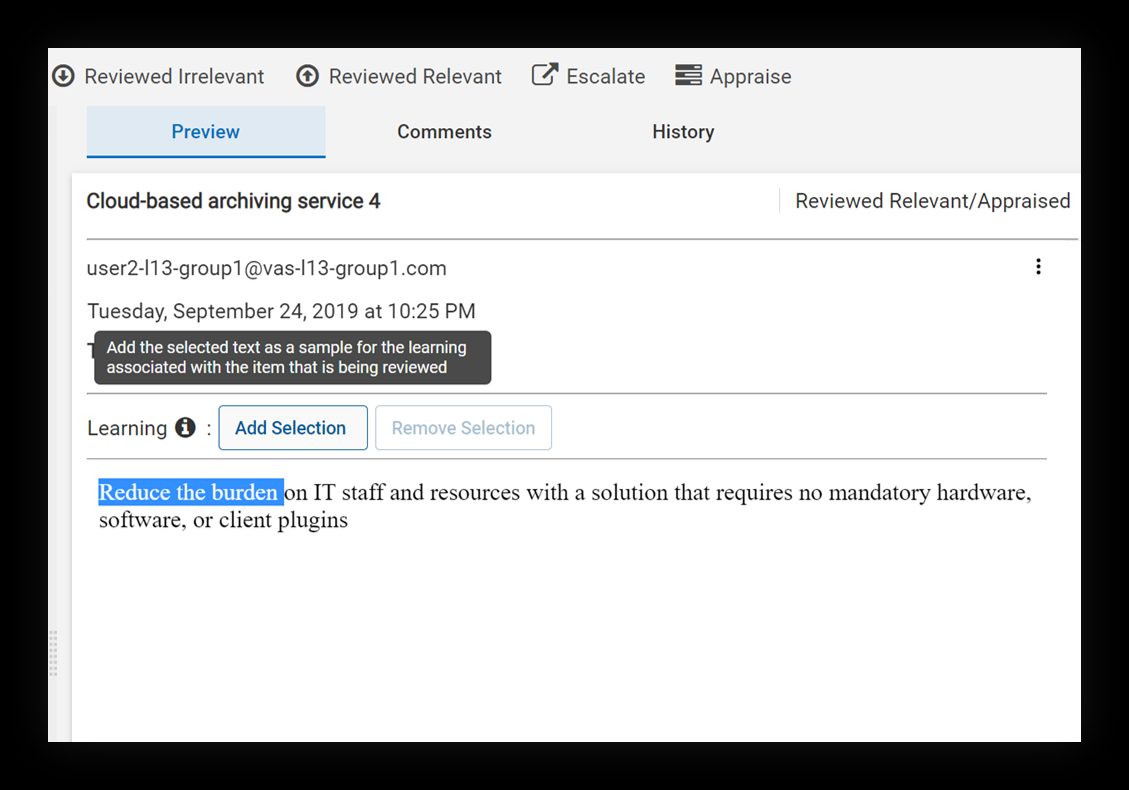Supervision in the cloud – machine learning and thinking way beyond email

It is crucial to capture ALL relevant electronic communications and leverage existing and new classification & machine learning capabilities to optimize review, increase findings and reduce risk.
Supervisory Administrators know that they have to maintain copies of and review incoming and outgoing ‘correspondence’ (electronic communications, records, etc.) for their registered representatives per the SEC but what ‘types’ of correspondence? Just the easy stuff like email, you know, what you have been doing forever? Ok, so you are also capturing financial chats of the traders too but what about other ways of communicating with colleagues and clients? As time passes, the communications channels change as well.
Different people prefer communicating in different ways—some prefer email, text messages, and phone calls, while others want to hop on Zoom or use WhatsApp. For internal communications, many are using Slack, Microsoft Teams, and the list goes on and on. You may try to direct your employees only to use ‘supported’ communication channels with the threat of violating an acceptable use policy, but people will and are working around this.
I’ve seen some organizations take the ‘supported’ communication route and only monitor those channels. I’ve seen others look forward and acknowledge that they need to expand their coverage and aggressively capture important/obvious unsupported sources while their internal policies catch up. The latter seems to make more sense and helps reduce risk, but how can you defend the fact that you knew people were using ‘unsupported’ communications when something happens, and you have to respond to an investigation?
Unfortunately, Covid-19 has been around for a while now so there won’t be much lenience from regulatory agencies for not capturing the content sources that exploded during this timeframe: Microsoft Teams, Zoom, and other SaaS applications for internal and customer-facing engagements. IT departments were forced to enable or expand these alternate, covid-resistant communications channels. At Veritas, we saw a significant spike in all of these channels; they helped us keep moving forward, and they are here to stay.
The bottom line is that you need to think beyond email, move out of your comfort zone, and make sure you are capturing all of the relevant content sources for supervision and compliance purposes.

Enterprise Vault.cloud can capture 120+ leading content sources
Let’s assume you are doing a good job capturing the relevant content types; now what? Classification. Classification allows you to analyze content as it is being stored and indexed, and lets you use complex (or simple lexicon) policies to identify notable types of content. This could be unsupported content or commination types (think RegBI and MNPI), inappropriate communications, angry customers, junk/trash, personally identifiable information (PII), account numbers, foreign languages, and more. These communications get classification tags (yes, multiple tags would be helpful, not all solutions do this) which you can then use in supervision and discovery to:
- Prioritize what items should go into review (or not)
- Enhance proactive investigations
- Optimize the review experience
- Improve machine learning

Continuous active learning included in Veritas Advanced Supervision
What if I were to tell you that you could achieve 200% more findings, reduced noise by 40% and were able to redeploy a significant portion of their review team after implementing machine learning capabilities? These results were reported by our customer after executing the continuous active machine learning built into Veritas' Digital Compliance portfolio that does not require a training step. Instead, reviewers get to work reviewing items. Based on the item content, classification tags, other metadata, and the mark the reviewer applies (relevant or irrelevant) it learns over time (Continuous Active Learning) which items are likely relevant or irrelevant.
Reviewers are presented with their unreviewed items prioritized for them as either relevant or irrelevant which helps prioritize review efforts. This allows reviewers to focus on relevant items and then do a bulk review of the irrelevant items (think junk email or political ads). As they mark these items, they are improving the machine learning model that is always on and requires no manual training regimen.
Of course, Veritas has market-leading solutions that does all of this. Our Digital Compliance portfolio has an on-premise and SaaS archiving, collection, classification, discovery & supervision platform which provides flexible deployment and migration options. It’s so good that Gartner just named us a leader in Enterprise Information Archiving for the 15th time.

